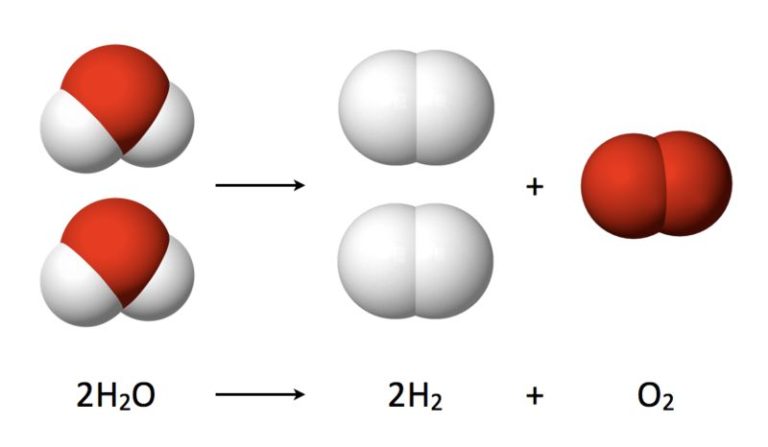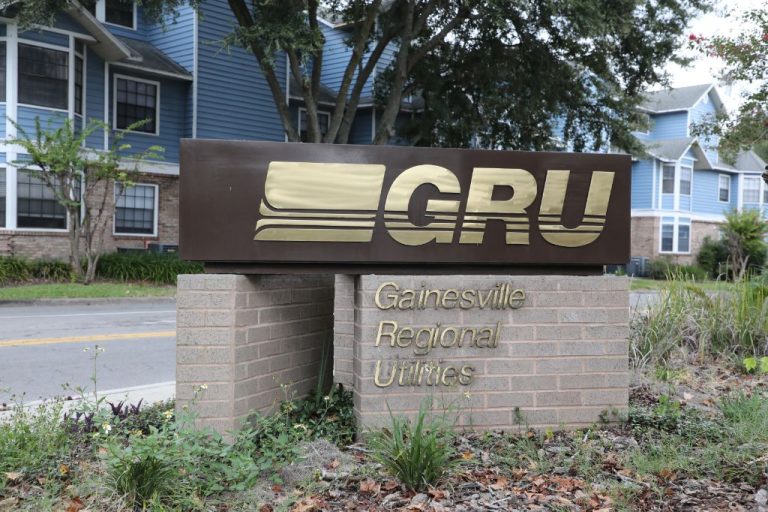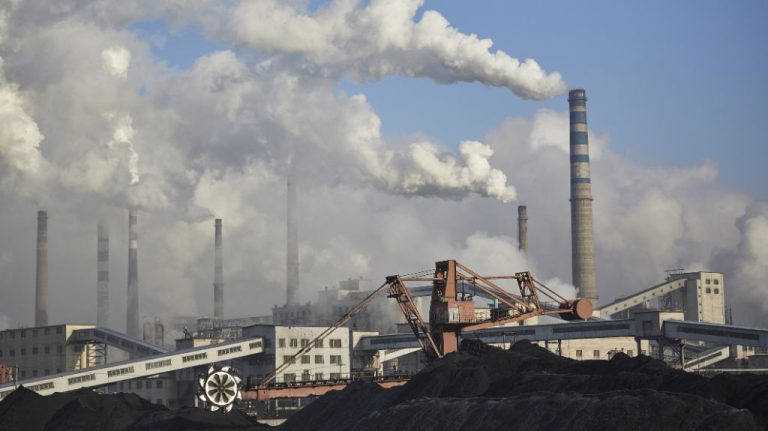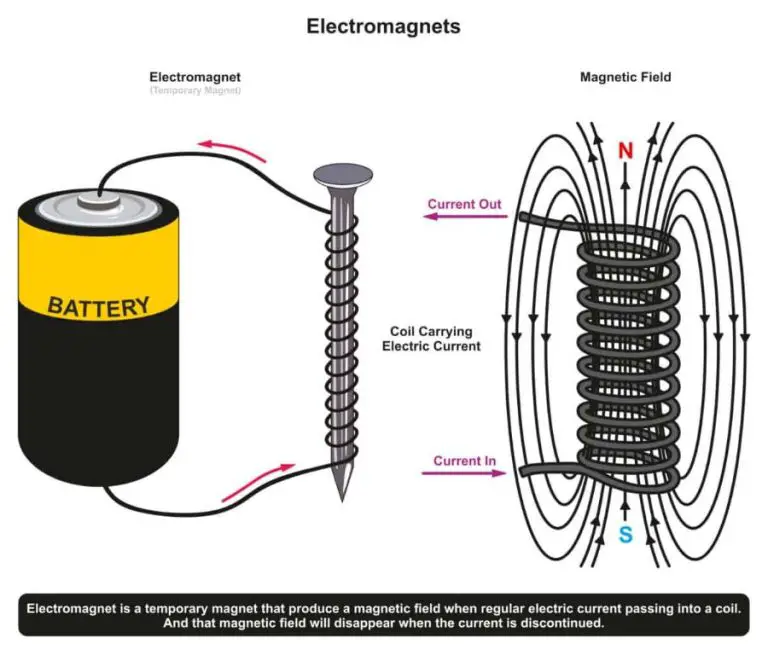Is Australia A Good Place For Renewable Energy?
Australia is well positioned to transition to renewable energy due to its abundance of solar, wind, and open spaces. With ample sunshine across most of the continent and consistent coastal winds, Australia has tremendous potential to generate clean energy. While the country still relies heavily on fossil fuels, government policies, public support, and declining costs of renewables are driving rapid growth in solar, wind, and other emissions-free technologies. If challenges around intermittent supply and grid stability can be addressed, Australia could become a global renewable energy superpower.
Solar Energy Potential
Australia has some of the highest levels of solar irradiation in the world, making it an ideal place to harness energy from the sun. The country receives an average of 58 million petajoules of solar radiation per year, which is equal to 10,000 times its total annual energy consumption. This abundant renewable energy resource presents a major opportunity for solar power generation in Australia.
Large swathes of unused land across Australia also provide prime locations to build utility-scale solar farms. According to the Clean Energy Council, Australia has some of the largest solar projects in the world, like the 175MW Ross River Solar Farm in Queensland. The wide open spaces and high solar insolation makes Australia well-suited for further expansion of large solar photovoltaic plants to boost renewable energy production.
Wind Energy Potential
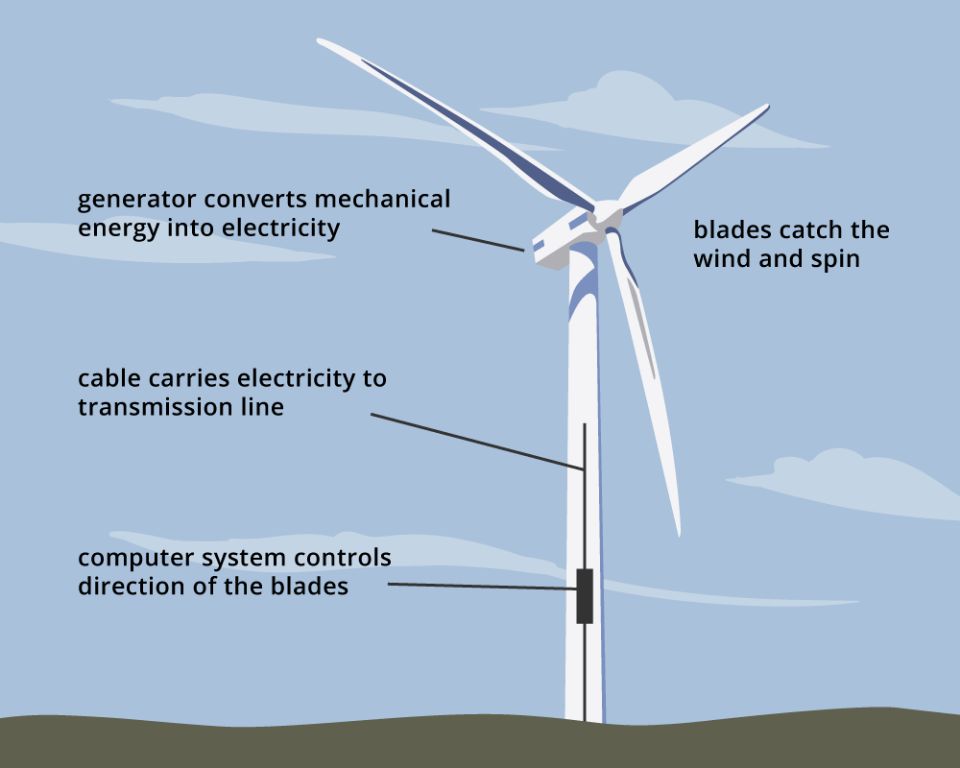
Australia has excellent wind resources and potential for wind energy generation, especially along its coastlines and in inland regions. According to the Clean Energy Council, as of 2020 wind power was already Australia’s leading source of renewable energy, supplying 35.9% of the country’s total renewable energy generation and 9.9% of overall energy generation. Wind power capacity grew by 20% from 2020 to 2021, and now accounts for 10% of Australia’s total energy mix, supplying over one-third of all renewable power.
Projections indicate wind power capacity will continue growing substantially in the coming years. According to Statista, wind generation capacity in Australia is expected to reach approximately 47 gigawatts by 2035, up from around 12 gigawatts at present. With excellent wind resources, especially in coastal regions, Australia has significant potential to further expand its wind energy production.
Hydro Energy Potential
Australia has significant potential for hydroelectric power generation, with over 120 existing hydroelectric stations providing 6.4% of the country’s electricity in 2020 (Clean Energy Council).
The most well-known hydroelectric facilities are the Snowy Mountains Scheme and the Ord River Hydro Power Station, but many smaller facilities exist around the country (ARENA). Australia also has capabilities for pumped hydro storage, which can support growth in renewable energy by storing excess power generated. Pumped hydro involves pumping water uphill into an elevated reservoir when electricity demand is low, then releasing it through turbines to generate power when demand is high.
With abundant potential hydro resources, improvements in pumped hydro technology, and growing electricity demand, hydroelectricity can continue providing reliable renewable energy and grid stability in Australia (Geoscience Australia).
Government Policy
The Australian government has implemented policies aimed at increasing renewable energy usage and production. The centerpiece is the Renewable Energy Target (RET), which aims for 23.5% of Australia’s electricity to come from renewable sources by 2020. This ambitious goal has spurred investment in renewable energy projects across the country.
The RET works by requiring energy retailers to source a specified number of renewable energy certificates each year. This provides an incentive for building new renewable generation like wind and solar farms. The target has already been instrumental in supporting the growth of the renewable energy industry in Australia.
In addition, the Australian Renewable Energy Agency (ARENA) provides funding to support research and development of renewable energy technologies. Other programs like the Clean Energy Finance Corporation (CEFC) help finance and catalyze renewable energy projects. Tax incentives and rebates are also used to encourage renewable energy uptake by households and businesses.
These policy mechanisms demonstrate the Australian government’s commitment to transitioning away from fossil fuels and towards clean energy sources. The RET and other initiatives have already succeeded in boosting renewable energy development and adoption. With continued policy support, Australia is poised to meet its renewable energy goals and become a renewable energy leader.
Public Support
Most Australians support increased use of renewable energy. According to a Lowy Institute poll, 59% of Australians are in favor of increasing the use of gas for energy generation. However, an overwhelming majority of voters (60%) believe Australia needs to rapidly develop renewables because they are cheaper and will create new jobs, according to a Guardian Essential poll.
There is widespread public support for clean energy solutions to address the climate crisis. As reported in The Guardian, “The public wants clean energy – but this is Australia, where the climate wars never die.” The article notes that the last federal election showed strong public demand for climate action and clean energy.
In summary, polls and election results demonstrate that most Australians want the country to transition to renewable energy sources like solar and wind. The public views renewables as affordable, job-creating solutions to both energy needs and climate change.
Challenges
Australia faces several key challenges in scaling up renewable energy production and utilization. One major issue is the need for improved transmission infrastructure to transport energy from resource-rich but sparsely populated areas to major population centers [1]. Australia’s best solar and wind resources are often located far from cities, requiring major investments in new high-voltage transmission lines and interstate connectors. However, progress has stalled due to coordination issues between state and federal governments.
The intermittent nature of renewables like solar and wind also creates a need for energy storage to balance supply and demand [2]. Battery storage can help smooth out fluctuations, but currently available options are limited. Pumped hydro provides large-scale storage but depends on suitable geography. Other solutions like compressed air storage are promising but not yet mature. Developing grid-scale storage is critical for managing higher renewable penetration.
Case Studies
Australia has seen several successful large-scale renewable energy projects in recent years. One example is the New England Solar Farm in Uralla, NSW, which when completed will be the largest integrated solar and battery energy storage project in the country (Source). The 400MW solar farm and 150MW battery will provide enough energy to power over 250,000 homes. The University of Melbourne has also implemented a successful renewable energy project, with wind turbines and solar PV panels installed on campus buildings. This supplies around 5% of the university’s electricity demand (Source).
On a smaller scale, many households, businesses and communities across Australia are installing rooftop solar PV systems. There are now over 2 million solar-powered homes in the country. The high uptake has been enabled by federal government rebates and falling system costs (Source). These case studies demonstrate Australia’s great potential to continue expanding renewable energy nationwide.
The Future
Renewables are expected to continue strong growth in Australia in the coming years. According to the International Energy Agency (IEA), renewables are projected to account for 83% of electricity generation in the National Electricity Market (NEM) by 2030 as part of the Step Change Scenario.
With its abundance of solar, wind, and other renewable resources, Australia has the potential to become a major exporter of renewable energy in the future. The Australian government has set ambitious renewable energy targets, aiming for net zero emissions by 2050.
Sources:
https://www.iea.org/reports/australia-2023/executive-summary
https://www.globalaustralia.gov.au/industries/net-zero
Conclusion
In summary, Australia has abundant renewable energy sources that can be harnessed to move the country towards a more sustainable and low carbon future. The nation has world-class solar and wind resources that are suitable for large-scale renewable energy projects. Australia also has substantial hydropower capabilities, especially in Tasmania. With supportive federal and state government policies, strong public approval of renewables, and a sophisticated energy industry, Australia is well-positioned to further grow its renewable energy sector.
Despite some challenges around transmission infrastructure and grid stability, Australia has excellent potential for further renewable energy growth and development. With the right investments, planning, and political will, renewables can deliver reliable and affordable power for Australians while also creating jobs and reducing carbon emissions. By tapping into its wealth of solar, wind, hydro and other renewable resources, Australia can successfully transition to a clean energy economy.

